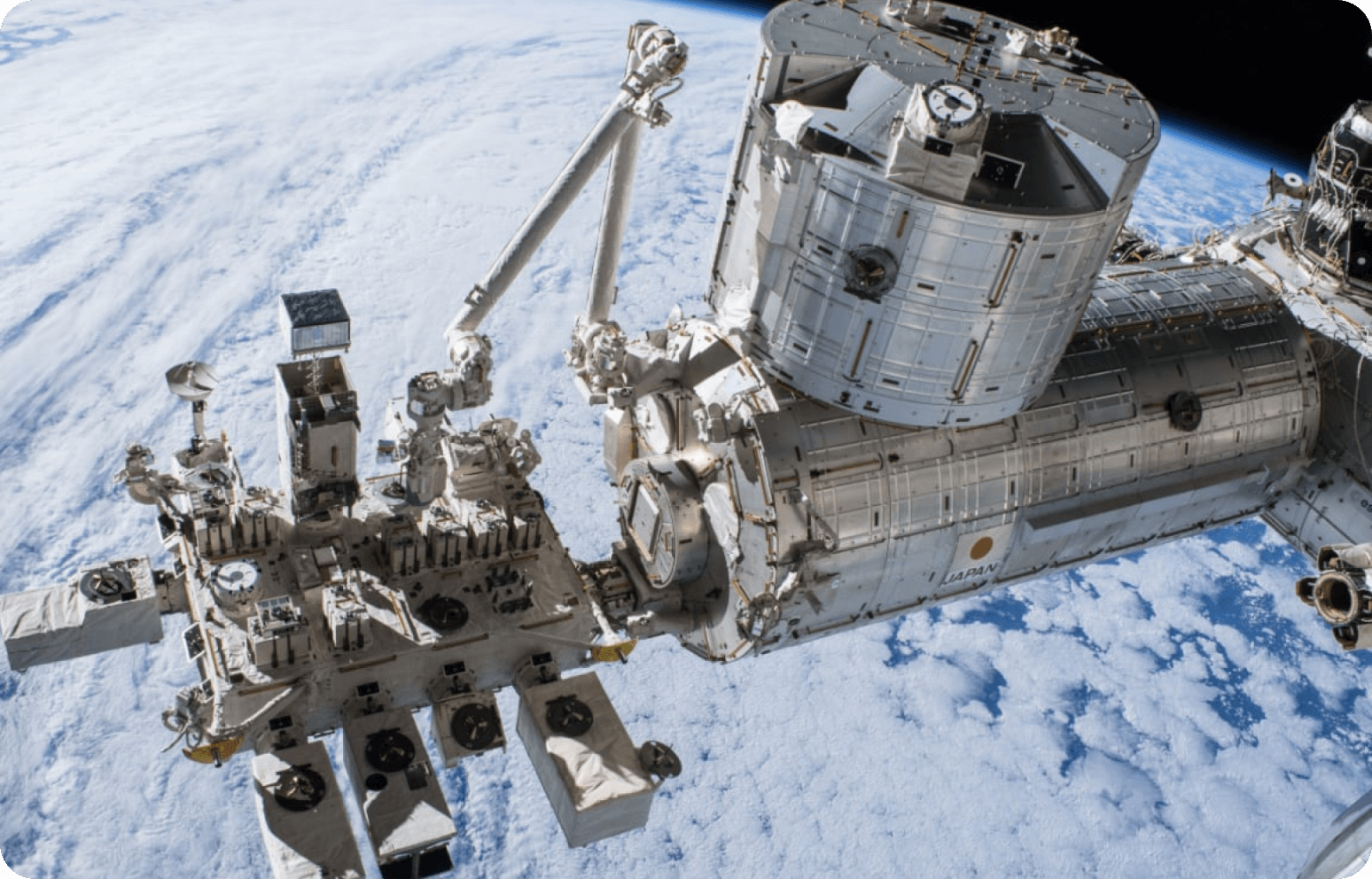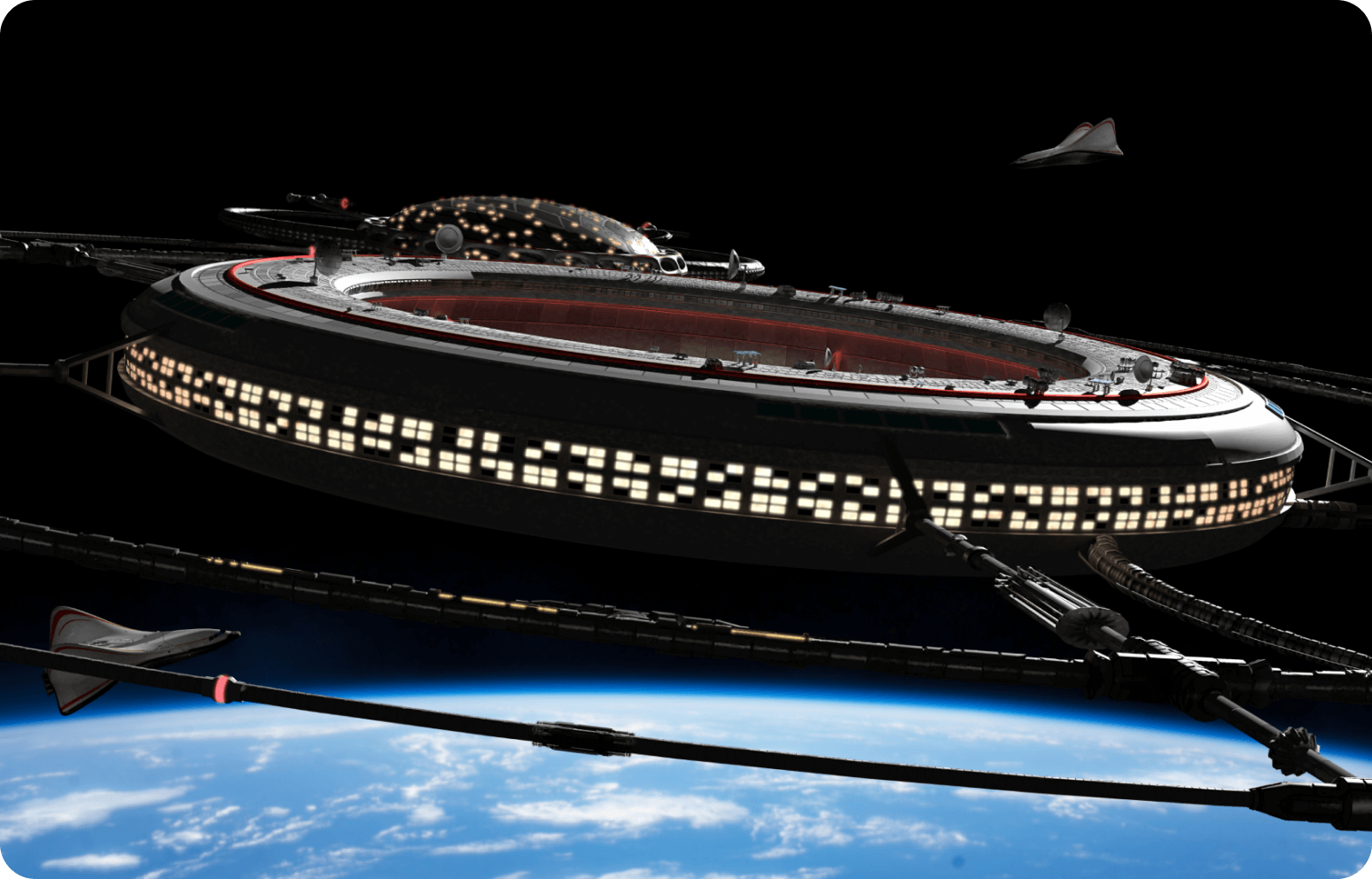Innovative Space Carrier Inc.
Vertical and Horizontal Freedom
高頻度
high frequency
単段式
single stage
往還
reusable
We transport people and goods between two continents and into space.
We will develop a high-frequency, single-stage, reusable space transportation vehicle by making the best use of Japanese domestic technologies, and create a next-generation space transportation business by significantly reducing transportation costs while maintaining high reliability.
We can travel anywhere on earth in an hour, even build huge structures in space.
We are making concrete preparations to make such a future a reality.
Our goal is to produce a single-stage space reusableplane that will significantly reduce the cost of space transportation.
Vertical and Horizontal Freedom
passenger and cargo, lift to space and transport to cities
P2P
Mach-speed point-to-point city carrier
High-speed two-point transfer
If P2P, the means we are aiming for, can be realized to travel at high speed between two continents via outer space, it will be possible to travel anywhere on earth in less than 90 minutes.
If we can fly to an altitude of 30 km, the density of the atmosphere will be less than 1/100th of that of the atmosphere, allowing for unlimited acceleration. For example, the International Space Station orbiting the Earth travels at Mach 22 and completes a full revolution around the Earth in 90 minutes.
Vertical and Horizontal Freedom
passenger and cargo, lift to space passenger and cargo, lift to space and transport to cities
In order to construct such huge structures such as hotels and power plants, a low-cost, high-frequency means of transporting people and cargo into space is required.
If such huge structures were to be constructed on the ground, large numbers of trucks would be required to transport materials and people would be required to assemble them on site. This is no different in space.
Number of structures launched into space
The number of man-made objects launched into space is increasing every year.
In the last year, 2,368 satellites were launched from Earth.
This is 18 times more than 11 years ago. This trend is accelerating exponentially.
11 In years 18 18 times increase in 11 years
2011年
2022年
2011年
2022年
©️JAXA
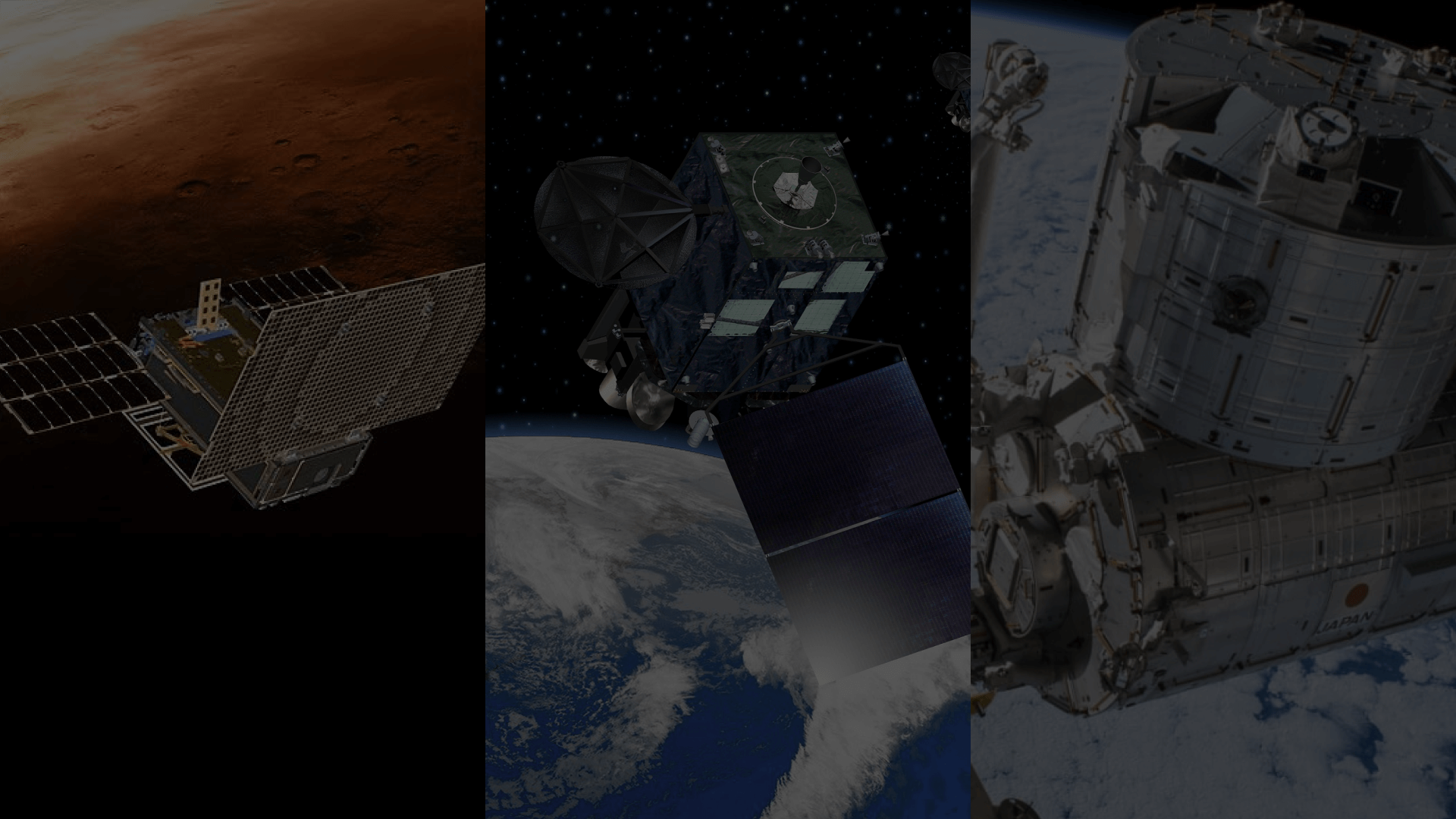
People move into space.
It is everyday life
before our eyes.
The future of private citizens
traveling to and staying in space
for tourism purposes is
just around the corner.

September 22, 2022
Hilton to Enter Space Business,
Build Astronaut Suites on Space Station
Hilton, the hotel chain, has announced a partnership with Voyager Space, Inc. of the United States, to design the crew accommodations for the Starlab commercial space station.
*Quotes from: Your Curiosity, Tech & Science NEWSInformation for your curiosity! | TEXAL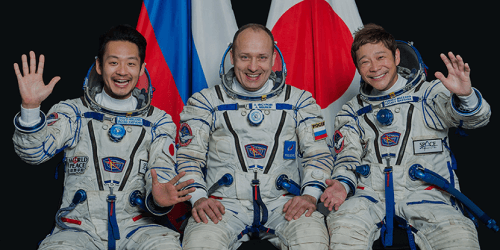
December 23, 2021
Space Now.
The "First Year of Space Travel,"
when the number of space travelers outnumbered professional astronauts
The number of people who have been to space as travelers this year is 29.
Meanwhile, the number of professional astronauts is 19.
In other words, the number of tourists exceeded the number of professional astronauts.
September 6, 2021
Space solar power generation to be tested...
A "new energy source" that is not affected by weather conditions.
The demonstration experiment will be conducted jointly by the Japan Aerospace Exploration Agency (JAXA JAXA) and the Ministry of Education, Culture, Sports, Science and Technology (MEXT).
The panels will be installed on the New H-II Transfer Vehicle No. 1, which will deliver supplies to the International Space Station (ISS), and launched in FY2010.
The panels will be launched onboard the "New Space Station Logistics Module 1," which will deliver supplies to the ISS, in FY2010, and deployed in FY2011.

In 2040, in space
The era of solar power generation
Giant structures in outer space
To realize...
Transportation is the key to massively low cost in space
